June 13, 2019
People are too quick to click on emails
 Modern working culture makes it impossible for employees to always make the right decision about what to do with emails, claims a new report from cybersecurity company Tessian and the University of Central Lancashire. The report Why Do People Make Mistakes? presents findings from a new survey of 1,000 UK employees, who were asked about their working environment and practices. Additionally, the report includes insights from cyber-psychologists Dr Helen Jones, University of Central Lancashire and Professor John Towse, Lancaster University, which further explains how certain factors in the workplace can cause people to make poor decisions. (more…)
Modern working culture makes it impossible for employees to always make the right decision about what to do with emails, claims a new report from cybersecurity company Tessian and the University of Central Lancashire. The report Why Do People Make Mistakes? presents findings from a new survey of 1,000 UK employees, who were asked about their working environment and practices. Additionally, the report includes insights from cyber-psychologists Dr Helen Jones, University of Central Lancashire and Professor John Towse, Lancaster University, which further explains how certain factors in the workplace can cause people to make poor decisions. (more…)









 This summer, over half (55 percent) of US employers will offer employees the option to leave work early on Fridays or take the entire day off. The new survey by
This summer, over half (55 percent) of US employers will offer employees the option to leave work early on Fridays or take the entire day off. The new survey by 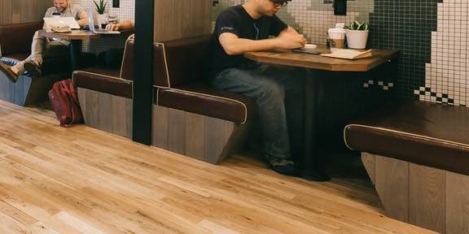
 Socialising and drinking opportunities are some of the least enjoyable things about working in London, as loving their job and a chance to grow personally is more of an incentive for those who work in the Capital, a new report suggests. The survey of 1,000 London workers by Flexioffices, claims that 75 percent of employees in the city enjoy going to work for the personal development opportunities, training and the job itself. Flexible hours are becoming an increasingly enticing aspect of a job, with 21 percent of London workers liking their workplace because of the flexible hours available.
Socialising and drinking opportunities are some of the least enjoyable things about working in London, as loving their job and a chance to grow personally is more of an incentive for those who work in the Capital, a new report suggests. The survey of 1,000 London workers by Flexioffices, claims that 75 percent of employees in the city enjoy going to work for the personal development opportunities, training and the job itself. Flexible hours are becoming an increasingly enticing aspect of a job, with 21 percent of London workers liking their workplace because of the flexible hours available.

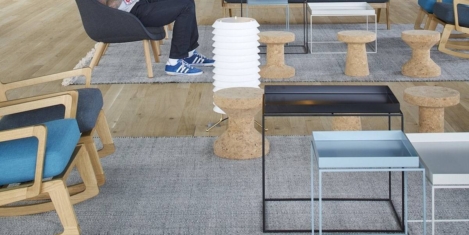
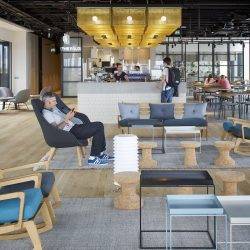

 Worker performance could increase by 20 percent if the fresh air supply in offices and meeting rooms is improved, finds a new report developed by Sharp and workplace psychologist Dr Nigel Oseland.
Worker performance could increase by 20 percent if the fresh air supply in offices and meeting rooms is improved, finds a new report developed by Sharp and workplace psychologist Dr Nigel Oseland. 
 An emerging super-group of employees and consumers in the UK is adding intense pressure to already challenged C-suite leaders who are navigating tough economic, technological and geo-political environments – further threatening company growth, a new Accenture (NYSE: ACN) study finds. With nearly three-quarters (73 percent) of these powerful stakeholders believing they have the potential to destroy company value in the long term, the C-suite understands the need to respond.
An emerging super-group of employees and consumers in the UK is adding intense pressure to already challenged C-suite leaders who are navigating tough economic, technological and geo-political environments – further threatening company growth, a new Accenture (NYSE: ACN) study finds. With nearly three-quarters (73 percent) of these powerful stakeholders believing they have the potential to destroy company value in the long term, the C-suite understands the need to respond. 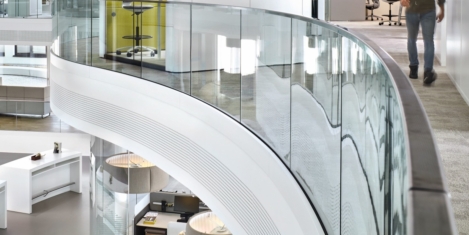
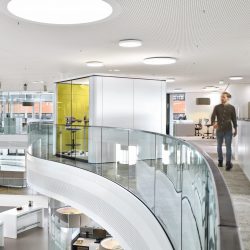












June 10, 2019
Coworking disrupts office design 0
by Paul Goodchild • Comment, Coworking, Facilities management, Flexible working, Workplace design
(more…)